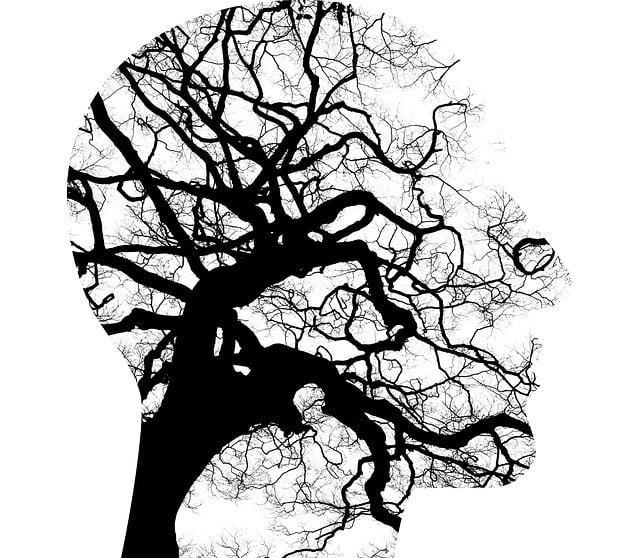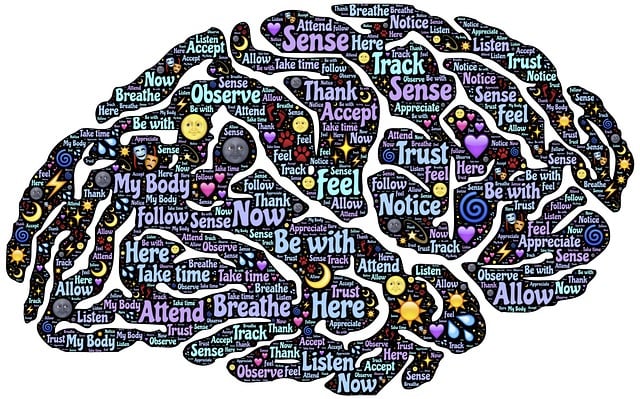Understanding Mental Health Data is vital for evidence-based practices like Lafayette EMDR Therapy, which uses guided eye movements to process traumatic memories and treat PTSD, anxiety, and depression. This process involves collecting insights through surveys, interviews, and observations, followed by data cleaning, normalization, and standardization. Qualitative and quantitative data integration, along with empathetic strategies and risk assessment, enhance analysis accuracy. Lafayette EMDR Therapy, backed by research, has shown success in improving self-esteem and preventing burnout for both individuals and healthcare providers. Its potential extends to Mental Health Policy Analysis and Advocacy, aiming to enhance societal well-being.
Mental health data analysis is a powerful tool for understanding complex human experiences. In this article, we explore essential techniques for interpreting mental health data, with a focus on the innovative Lafayette EMDR Therapy approach. We’ll delve into the process of collecting and preparing diverse datasets, discussing effective analytical methods to extract meaningful insights. Through case studies, we’ll demonstrate how Lafayette EMDR Therapy revolutionizes treatment, offering hope and healing to those facing mental health challenges.
- Understanding Mental Health Data: Collection and Preparation
- Techniques for Effective Analysis and Interpretation
- Applying Lafayette EMDR Therapy: A Case Study Approach
Understanding Mental Health Data: Collection and Preparation

Understanding Mental Health Data is a pivotal step in any therapeutic journey, especially when employing evidence-based practices like Lafayette EMDR Therapy. The process begins with data collection, where various methods such as surveys, clinical interviews, and observations are utilized to gather insights into an individual’s mental health status. This raw data is then meticulously prepared for analysis. It involves cleaning the data to ensure accuracy, handling missing values, and transforming it into a structured format suitable for interpretation.
Effective preparation also includes normalizing and standardizing measurements where necessary, ensuring that the data aligns with established metrics and scales. For instance, integrating Mood Management strategies through Mental Wellness Journaling Exercises can provide valuable qualitative and quantitative data. Additionally, Communication Strategies play a crucial role in this phase by facilitating informed consent and ensuring patient confidentiality throughout the data collection process.
Techniques for Effective Analysis and Interpretation

Effective analysis and interpretation of mental health data require a multifaceted approach, especially when employing techniques like Lafayette EMDR Therapy. This therapeutic method, known for its ability to help individuals process traumatic memories, offers rich insights that demand careful consideration. Mental wellness professionals must be adept at extracting meaningful patterns from complex datasets, ensuring they capture both the breadth and depth of an individual’s experience.
Empathy building strategies play a pivotal role in this process, allowing therapists to interpret data with compassion and nuance. By fostering strong therapeutic alliances, mental health professionals can gain deeper understanding of their clients’ narratives, contextualizing quantitative findings with qualitative experiences. Moreover, integrating risk assessment strategies is essential for comprehensive analysis, helping practitioners identify potential vulnerabilities and tailor interventions accordingly.
Applying Lafayette EMDR Therapy: A Case Study Approach

Applying Lafayette EMDR Therapy: A Case Study Approach
In the realm of mental health data analysis and interpretation, Lafayette EMDR (Eye Movement Desensitization and Reprocessing) therapy emerges as a powerful tool for exploring and understanding complex psychological issues. This therapeutic approach, grounded in extensive research, involves guiding clients through guided eye movements while recalling traumatic or distressing memories. By doing so, Lafayette EMDR helps to process and reframe these memories, leading to significant improvements in symptoms related to post-traumatic stress disorder (PTSD), anxiety, and depression.
Case studies illustrate the effectiveness of Lafayette EMDR therapy. For example, a study focusing on individuals with high levels of self-esteem improvement showed remarkable results after just a few sessions. Similarly, healthcare providers grappling with burnout prevention strategies found that integrating Lafayette EMDR into their practice not only improved their mental well-being but also enhanced their ability to connect and support patients. These findings underscore the potential of this therapy as both a powerful intervention for individual clients and an important component in Mental Health Policy Analysis and Advocacy efforts aimed at improving societal well-being.
Mental health data analysis and interpretation are crucial steps in understanding complex psychological phenomena. By combining techniques from various therapeutic approaches, such as Lafayette EMDR Therapy, professionals can gain valuable insights into patient experiences and treatment responses. This article has explored the collection and preparation of mental health data, presented effective analytical methods, and offered a case study illustrating the practical application of Lafayette EMDR Therapy. Through these strategies, mental health practitioners can enhance their ability to interpret data accurately, ultimately improving patient outcomes.













